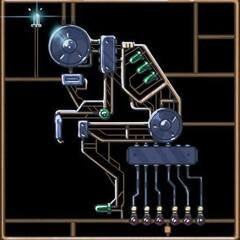LED modul wasting 75% of the energy on purpose!
Go to solution
Solved by manikyath,
Just now, Stefan1024 said:One is marked with A4: BAV70 diode (two diodes in one package) to protect the LEDs from false polarity.
The other one is maked with A1 and is probably a BAW56 diode (two diodes in one package) , but there are several components with this making.
so.. could i conclude a "whatever is at the shenzen market today" full bridge recrifier?
maybe they're meant to be hooked up to halogen transformers, which legitimately need those two extra resistors in order not to go into failure mode.

















Create an account or sign in to comment
You need to be a member in order to leave a comment
Create an account
Sign up for a new account in our community. It's easy!
Register a new accountSign in
Already have an account? Sign in here.
Sign In Now